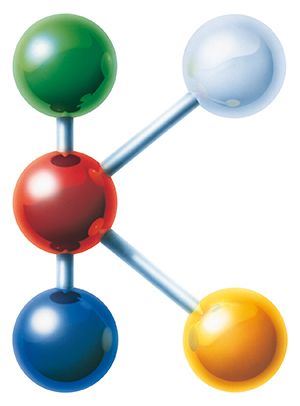Exxon to Film Processors: Go With Five Layers
For a company that did not exhibit at K 2013, ExxonMobil Chemical certainly was busy at October’s Dusseldorf trade show. Material from the Houston-based resin giant was running on a handful of film lines producing everything from five-layer collation-shrink blown film to five-layer hygiene film, three-layer lamination film, and 33-layer nano-cast stretch film.
For a company that did not exhibit at K 2013, ExxonMobil Chemical certainly was busy at October’s Dusseldorf trade show. Material from the Houston-based resin giant was running on a handful of film lines producing everything from five-layer collation-shrink blown film to five-layer hygiene film, three-layer lamination film, and 33-layer nano-cast stretch film. (See also this month's feature on new extrusion equipment at K.)
“Demonstrating our added-value polymer technology, combined with optimized processing conditions on leading machinery, allowed customers to see first-hand how our high-performance polymers can create value in flexible packaging,” said John Verity, v.p. of polyolefins.
The company’s message to blown film processors at K 2013 was similar to its theme at the show three years ago: You can improve performance, get into new markets, and increase the sustainability of your operation—a key for brand owners—by making the jump from three-layer to five-layer blown film technology for non-barrier applications.
In the three years between the shows, ExxonMobil says it has advanced the technology considerably and has several customers finalizing formulations for commercial applications. At K 2013, Windmoeller & Hoelscher ran 40-micron, five-layer collation film for carbonated beverages using Exxon’s Exceed and Enable metallocene-based PEs (photo). Rates exceeded 2200 lb/hr.
The standard thickness for collation film had been 50 microns, so processors that avail themselves of five-layer machinery and cutting-edge resin technologies can offer brand owners a film with better properties that’s also 20% thinner. “Sustainability will be a key driver to the conversion of three-layer systems to five,” said Dirk Van der Sanden, ExxonMobil’s global processing and converting advisor for polyolefins. “Designing exclusive film formulations tailored to the latest machinery technology is like having computer software updated to take advantage of the latest hardware,” he added.
“The performance opportunities for five-layer films are huge,” Van der Sanden stated. “Such structures can deliver a balance of optical and performance properties that are difficult to attain with three-layer systems. Five-layer systems also provide processors with more control over thickness of the layers.”
Related Content
-
Understanding the ‘Science’ of Color
And as with all sciences, there are fundamentals that must be considered to do color right. Here’s a helpful start.
-
Extruder Alignment: Important, but Only Half the Equation
The other half? Aligning and supporting downstream equipment. Here are best practices.
-
How Much L/D Do You Really Need?
Just like selecting the extruder size and drive combination, the L/D should be carefully evaluated.

















